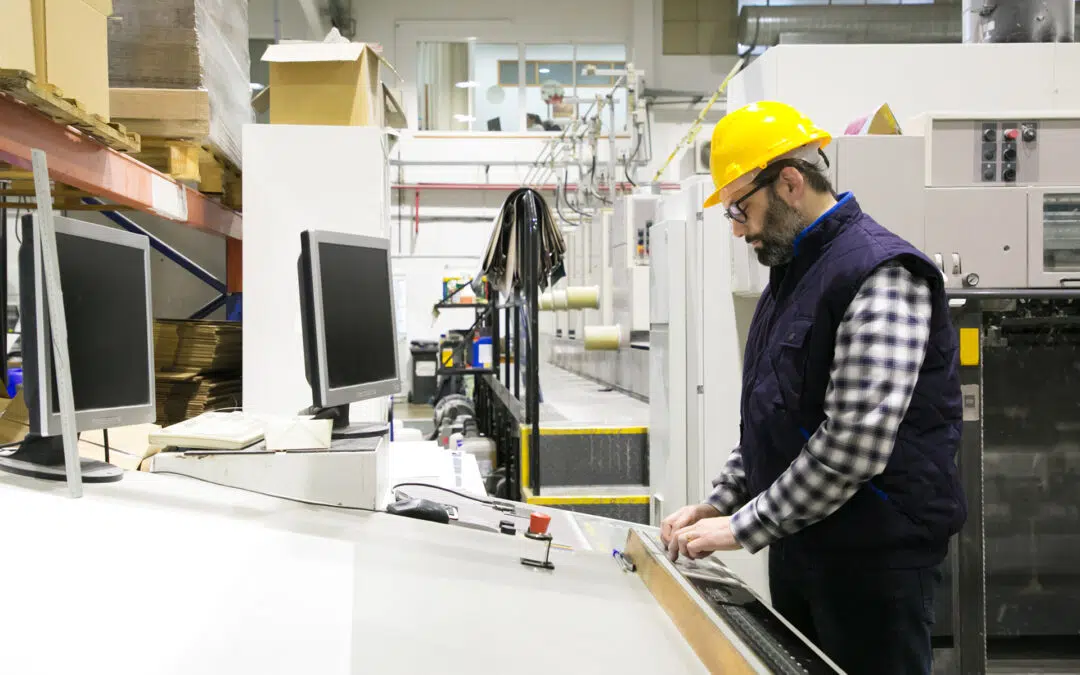As the Industrial Internet of Things is taking hold, we are seeing more and more desktop/software electronics being used to build smart devices, machines, and equipment for manufacturing OEMs. These devices are the “things” in IIoT and form a connected ecosystem and are at the core of the digital thread.
Desktop/software product development, therefore, holds an important place in the adoption of IIoT. Here, selecting a reliable platform is crucial in deciding the overall time to market, cost of production, and product quality. Test automation services and simulations are being widely used in conjunction to produce reliable and stable desktop/software devices.
Simulation refers to the process where a sample device model is simulated to perform under practical conditions, uncover unknown design interactions, and gain a better perspective of possible glitches. It helps the test automation to streamline the defect identification and fixing process.
An automated testing process includes simulation and testing together to improve the overall efficiency of the desktop/software device. In the current technological epoch, smart test automation is a “smarter” option to create reliable desktop/software devices from the ground up.
Smart Test Automation – A Revolution for Desktop/Software Applications
Industrial automation is at the core of Industrie 4.0. The inclusion of smart devices into the automated industrial network has made many manual work processes easier and more accurate.
With the emergence of software-driven desktop/software systems, the industrial automation sector is witnessing a tectonic shift towards a better implementation of IIoT.
As the dependence on these devices increases, desktop/software device testing should not be an afterthought while implementing the big picture. That said, carrying out multiple tests in an IIoT environment—where the number of desktop/software systems is increasing—can be challenging.
To improve the overall accuracy, bespoke smart test automation for desktop/software devices is required.
Role of Test Automation in Streamlining IIoT Device Quality
Smart test automation is the platform wherein the desktop/software devices are tested to understand their design interactions and discover possible glitches in the device operation. This is very important as it ensures that the product does what is expected out of it.
This innovative approach has, with time, proven to show spectacular results wherein the desktop/software applications work more effectively, thereby improving the overall efficiency of the IIoT systems.
How Does Test Automation Help Build Sound Desktop/Software Devices?
Desktop/software application testing is often misunderstood as software testing. However, both are quite different.
Desktop/software product testing involves validation and verification of both hardware and firmware testing. The end goal is to create a desktop/software device that meets user requirements.
Automated desktop/software device testing works well for this purpose, as it involves a lot of iterations, and tests the firmware and hardware requirements.
Key Benefits of Test Automation Over Manual Testing
- Improved productivity
Manual testing means a highly stressed QA team and higher risks of human errors. Having an automated testing system in place takes the stress off the QA team, allowing a seamless feedback cycle and better communication between departments. It also enables easy maintenance of test logs, reducing product-to-market time and improving productivity.
- Reduced business costs
Multiple errors, test reruns, and delays may seem minor but collectively increase business costs. Test automation helps detect failures early in the development cycle, requiring fewer reruns compared to manual testing.
- Improved accuracy
A major advantage of smart test automation is reduced human error, especially in complex networks. It results in the kind of accuracy that meets customer demands and improves satisfaction.
- Assurance of stability
Automated testing validates product stability early in development, offering consistent performance tracking through real-time updates. Manual methods are slower and more error-prone by comparison.
Smart Test Automation – Challenges and Tips for Implementation
With a complex smart testing process, automation brings its share of challenges. However, these can be resolved with the right expertise and implementation strategies.
Common Challenges in Test Automation and How to Overcome Them
- Lack of skilled professionals
Not everyone has the skills to perform test automation effectively. Either hire experts or train employees to adapt to the automated testing culture.
- Lack of team coordination
Successful automated testing requires strong collaboration. Teams should consider a modular approach—building tests locally, running them regularly, and mapping results collaboratively.
- Dynamic nature of test automation
As companies evolve, tests must evolve too. Adopt agile practices gradually—start small, then scale up based on evolving needs.
Test Automation as a Catalyst in Industry 4.0
Undoubtedly, smart test automation is the future of desktop/software devices. For efficient implementation of test automation systems, we at Utthunga provide the right resources and expert guidance.
Our experienced panel is well-versed with leading technologies and understands the right strategies to fuel your growth.
Leverage our test automation services to stride ahead in the industry 4.0 era!

